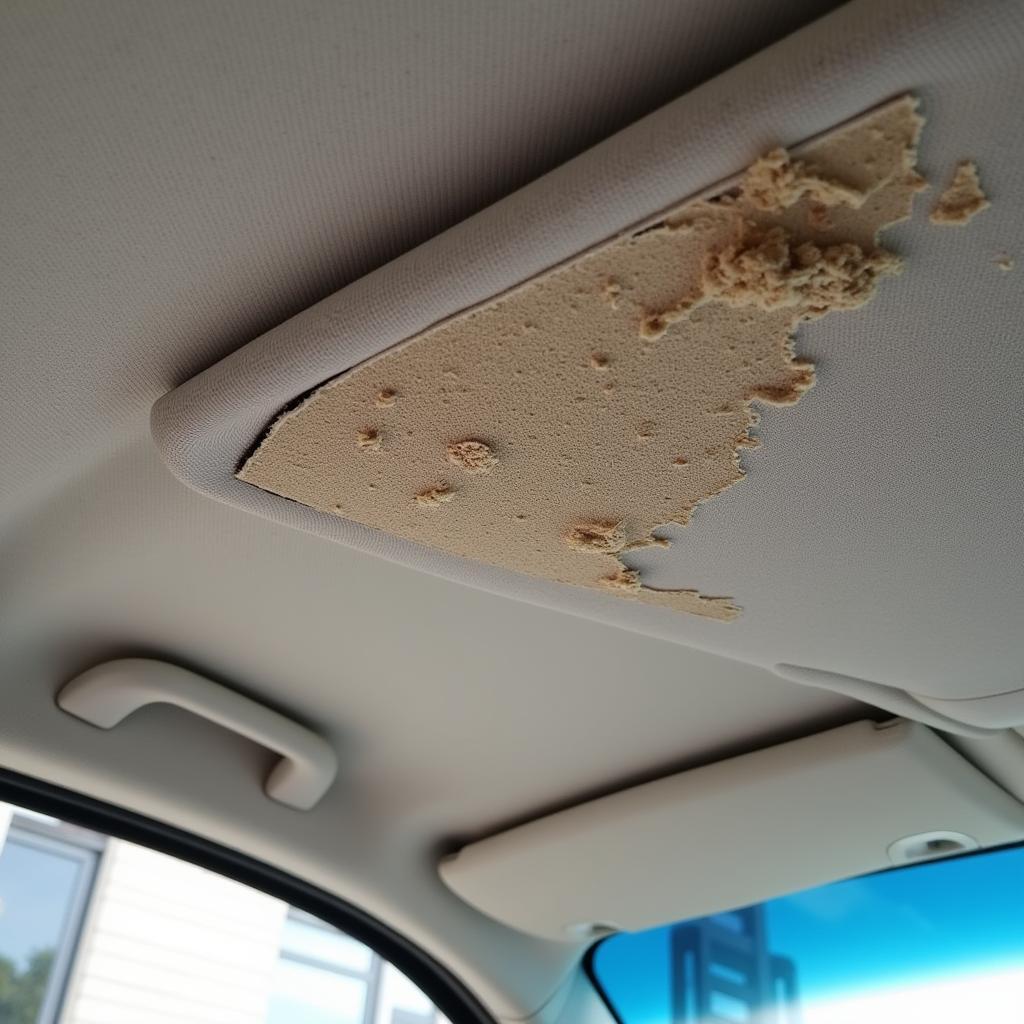Car Tyre Maintenance Tips are essential for every car owner. Proper tyre care not only extends the life of your tyres, saving you money, but also significantly improves vehicle safety and fuel efficiency. Neglecting tyre maintenance can lead to premature wear, blowouts, and reduced handling, putting you and others at risk. This comprehensive guide will equip you with everything you need to know about car tyre maintenance, from checking tyre pressure to recognizing the signs of wear and tear. Dive in and discover how to maximize the performance and lifespan of your tyres.
Why is Car Tyre Maintenance Important?
Regular tyre maintenance is crucial for several reasons. Well-maintained tyres provide optimal grip on the road, especially during challenging weather conditions like rain or snow. This enhances your vehicle’s handling and braking performance, reducing the risk of accidents. Properly inflated tyres also improve fuel economy as they minimize rolling resistance. Moreover, routine tyre checks help you detect early signs of damage or wear, allowing for timely repairs and preventing costly replacements down the line.
Did you know that under-inflated tyres can increase your fuel consumption by up to 3%? This not only impacts your wallet but also increases your carbon footprint.
Essential Car Tyre Maintenance Tips
Checking Tyre Pressure
One of the most basic yet crucial aspects of tyre maintenance is checking tyre pressure regularly. Under-inflated tyres can lead to increased wear and tear, reduced fuel efficiency, and even blowouts. Over-inflated tyres, on the other hand, can make your ride harsher and reduce traction.
- Find the recommended pressure: Check your car’s owner’s manual or the sticker on the driver’s side doorjamb for the recommended tyre pressure.
- Use a reliable gauge: Invest in a good quality tyre pressure gauge to get accurate readings.
- Check when tyres are cold: Tyre pressure should be checked when the tyres are cold, meaning the car hasn’t been driven for at least three hours.
- Adjust as needed: Add or release air as needed to achieve the recommended pressure.
 Inspecting Tyre Tread Depth
Inspecting Tyre Tread Depth
Inspecting Tyre Tread Depth
Adequate tread depth is crucial for maintaining traction and preventing hydroplaning.
- Use the penny test: Insert a penny into the tread grooves with Lincoln’s head upside down. If you can see the top of Lincoln’s head, your tyres need to be replaced.
- Check wear bars: Look for the wear bars, small raised bars within the tread grooves. If they are flush with the tread, your tyres are at the legal limit and need replacement.
“Regular tyre inspections, including checking tread depth, are a small investment that can prevent major headaches down the road,” says John Smith, a certified automotive technician with over 20 years of experience.
pros and cons of pre-paid car maintenance plans shopping
Tyre Rotation and Balancing
Regular tyre rotation helps ensure even wear and tear across all tyres, extending their lifespan.
- Follow the recommended rotation pattern: Consult your car’s owner’s manual for the recommended rotation pattern.
- Balance your tyres: Tyre balancing helps prevent vibrations and uneven wear.
What is tyre balancing? Tyre balancing involves adjusting the weight distribution of the wheel and tyre assembly to ensure smooth rotation.
Wheel Alignment
Proper wheel alignment ensures your tyres wear evenly and your vehicle handles correctly.
- Get your alignment checked: Have your wheel alignment checked at least once a year or if you notice any pulling or uneven wear.
“Ignoring wheel alignment issues can lead to premature tyre wear and compromise your vehicle’s handling, especially at higher speeds,” advises Jane Doe, a leading expert in automotive engineering. Addressing these issues promptly can save you money in the long run.
how to get car maintenance packages refund
Conclusion
Car tyre maintenance tips, as outlined above, are crucial for both safety and cost-effectiveness. Remember to check your tyre pressure regularly, inspect tread depth, rotate and balance your tyres, and maintain proper wheel alignment. Following these car tyre maintenance tips will help you maximize the lifespan of your tyres, improve fuel efficiency, and ensure a safer driving experience. Connect with AutoTipPro at +1 (641) 206-8880 or visit our office at 500 N St Mary’s St, San Antonio, TX 78205, United States for professional assistance with your car maintenance needs.
prepaid maintenance plans used car dealerships
FAQ
- How often should I check my tyre pressure?
- Ideally, check your tyre pressure at least once a month and before long trips.
- What are the signs of uneven tyre wear?
- Uneven wear can manifest as excessive wear on one side of the tyre, cupping, or feathering.
- How can I tell if my tyres need balancing?
- Vibrations in the steering wheel or vehicle are often indicators of unbalanced tyres.
- What causes improper wheel alignment?
- Hitting potholes, curbs, or other road hazards can knock your wheel alignment out of whack.
- How long do tyres typically last?
- Tyre lifespan varies depending on driving habits, road conditions, and maintenance, but they generally last between 3 and 5 years.
- What are the different types of tyres?
- There are various types of tyres, including all-season, summer, winter, and performance tyres, each designed for specific conditions.
- How do I choose the right tyres for my car?
- Consult your car’s owner’s manual and consider your driving habits and typical weather conditions when choosing tyres.






Leave a Reply